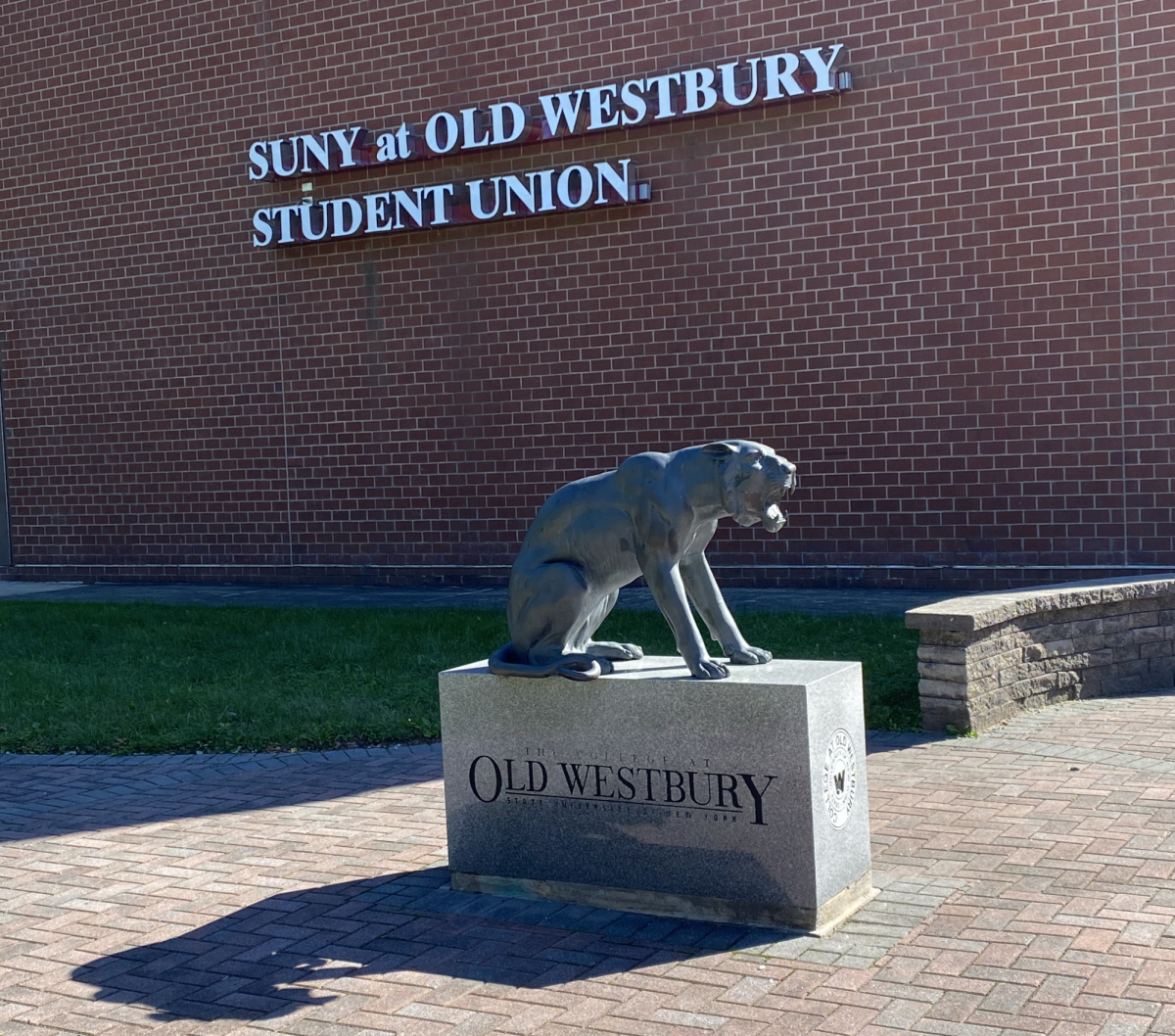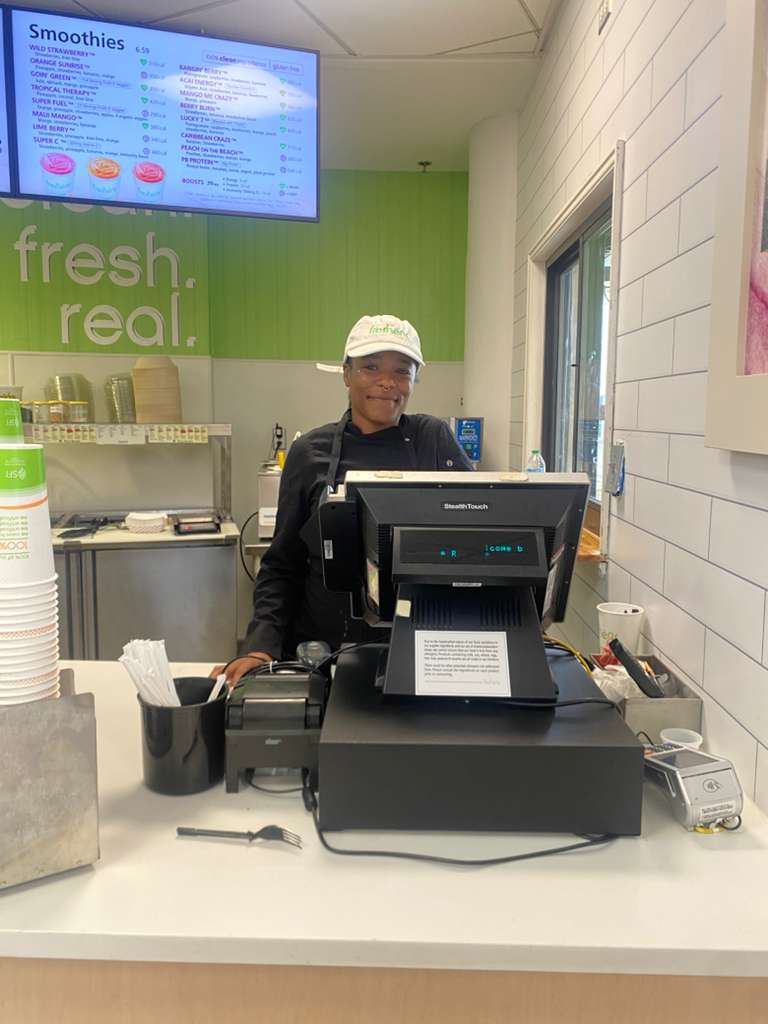
According to UN estimates, the world population hit the 8 billion mark last week as it took only twelve years to add a billion people to the growing population.
After the period of rapid growth in the 20th century, the population growth is slowing down, and earth’s population will begin to shrink after peaking in around the 2070s.
“It is a crude approximation that is more of a symbolic finding,” says Patrick Gerland, head of the UN Population Division in New York City. The UN also revised its estimates from 11 billion to 10.4 billion people at the end of this century.
While it shouldn’t be ringing alarm bells in the world’s powerful quarters, it can have a tremendous effect on climate change, social and financial inequality, food security, education and natural resources which are already stretched to their limits. Developing nations like sub-Saharan Africa, as well as some Asians countries, have their work cut out for them as they boast high fertility rates and scarce resources as their populations are projected to double between 2022 and 2050.
Climate change disproportionately affects poor nations since it often causes many upsets in these countries. As a result, they are unable to cope with it well.
Rapid population growth combined with climate change can accelerate water shortages, resulting in reduced crop production, severe drought and famines which is also likely to cause mass migration and conflict in coming decades, experts say.
The number of people affected by hunger globally rose to as many as 828 million in 2021, an increase of about 46 million since 2020 and 150 million since the outbreak of the COVID-19, according to the United Nations. Nearly 2 billion people, or 26.2% of the world’s population, live on less than $3.20 a day.
Developed nations hold the bigger piece of the pie in worsening global crises. Experts says it’s not the population increase that is detrimental to equality for all but the consumption patterns. Carbon emissions of the richest 1%, or about 63 million people, were more than double the emissions of the poorest half of humanity between 1990 and 2015, according to a non-profit Oxfam International.
Another cause of concern is that for the coming generations, it will be harder to be employed than the current generation because of the advances in technology, as well as impressive leaps in the automation industry rendering the workforce less and less desirable.
One study estimates that about 400,000 jobs were lost to automation in U.S. factories from 1990 to 2007. According to Time magazine, the U.S. shed around 40 million jobs at the peak of the pandemic. Some might come back, but one group of economists estimates that 42% of the jobs lost are gone forever. Robots could replace as many as 2 million more workers in manufacturing alone by 2025, according to a recent paper by economists at MIT and Boston University.
Overpopulation, war, climate crises, food and job insecurities draws a grim reality of the coming future. A controversial narrative adds to the fear and somewhat validates people’s concerns about the future of humanity.
An article from the World Economic Forum last year sent the internet into a firestorm when it advocated for an insects and worms based diet in our food systems as a sustainable and environmentally friendly solution to tackle our food insecurities.
The future laid before us may seem bleak, but steps can be taken to battle these issues before they get too out of hand to handle.























